b. Test
Introduction
The purpose of this study is to evaluate the effectiveness of a socially intelligent dog-robot, Dogg0, in providing companionship and reducing stress levels for people with dementia (PwD). The study aims to test the hypothesis that the interactions with the robot will improve the mood of the PwD and enhance their trust in the robot. To achieve this, we will measure trustworthiness, the effect on the mood of the PwD, and the functionalities of the robot. These aspects will be assessed using a questionnaire filled out by participants immediately after the experiment.
Method:
The prototype was evaluated through an in-person experiment involving multiple participants. Since we cannot conduct the experiment with real PwD, fellow students who are also taking the course and others were recruited as participants. All data collected will be anonymized to maintain confidentiality.
Experimental Design:
We used a within-subject design in which all participants interacted with the robot.
Tasks:
Participants were instructed to interact with Dogg0 without prior knowledge of all its functionalities. They were free to engage with the robot as they wished.
Measures:
A trust score, as described in Gutalli et al. (2019) (Design, development and evaluation of a human-computer trust scale), the effect on the mood of the participant was measured using a questionnaire. The questionnaire consisted of sub-questions related to these aspects and used a 1-5 Likert Scale to capture the level of agreement and feelings towards these aspects.
Trust Score:
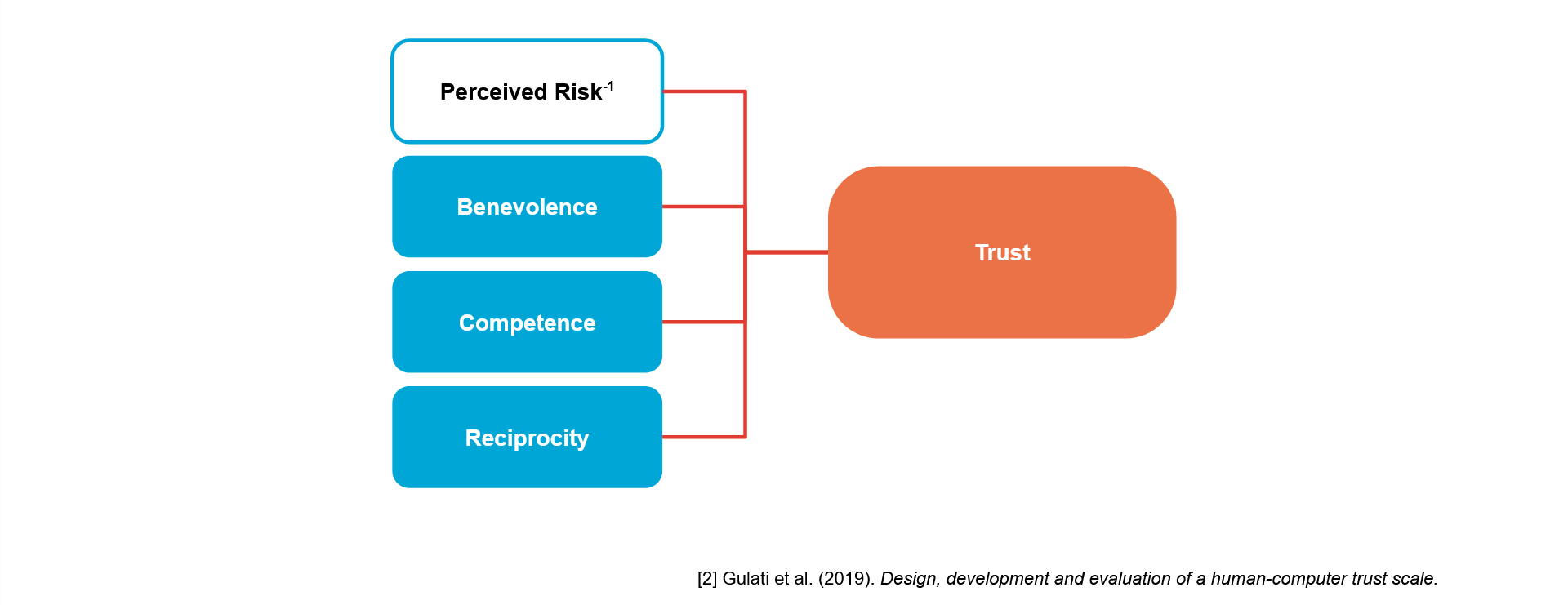
Figure 1: Factors for Human Robot Trust
According to Gulati et al. (2019), the trust people have in robots consist of 4 different factors:
1) The Percieved Risk of the Robot: This indicates how cautious people feel they have to be around the robot, or how risky they feel it is to interact with the robot. This score inverted shows how much people trust a robot.
2) The Benevolence of the Robot: This score shows how much people think a robot will act in their best interests.
3) The Competence of the Robot: This shows how well people think the robot is fit for its job.
4) The Reciprocity of the Robot: The Reciprocity score indicates how much people feel a connection with the robot.
Mood Score:
Our Mood Score is derived from the Oxford Happiness Questionnaire (Hills et al. ,The Oxford Happiness Questionnaire: a compact scale for the measurement of psychological well-being, (2002)). The Oxford Happiness Questionnaire correlates with personality variables like satisfaction with life, self-esteem and happiness. This score can be used to measure the effect of the interaction with Dogg0 on people's happiness.
Procedure:
The procedure was conducted as follows:
- Participants were welcomed and informed about the purpose of the study.
- Participants signed a consent form to indicate their willingness to participate and allow researchers to analyze the data gathered from the experiment.
- Participants interacted with the robot.
- Participants completed a questionnaire that assesed their mood and their trust in Dogg0.
Materials:
Two main materials were used in this study. First, a consent form was used to ensure that participants were willing to participate, and their privacy was protected. Second participants were exposed to the Miro robot, that did a pre-programmed routine. The robot was programmed using MiroCloud and had the same behavior for every participant.
3. Results
The experiment was conducted on 10 participants. It yielded the following results:
 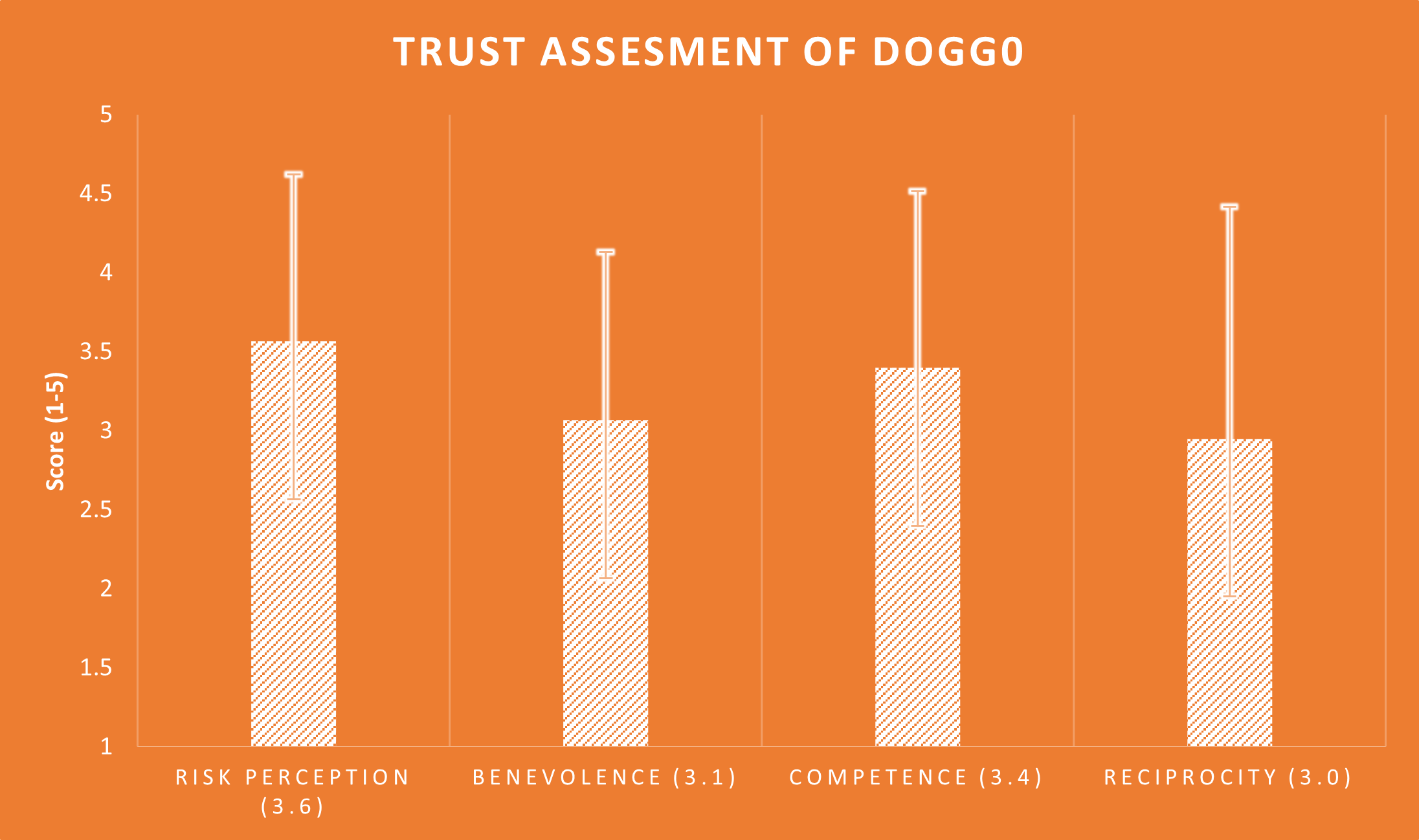 Figure 2: Trust Assesment of Dogg0 Figure 2: Trust Assesment of Dogg0 |  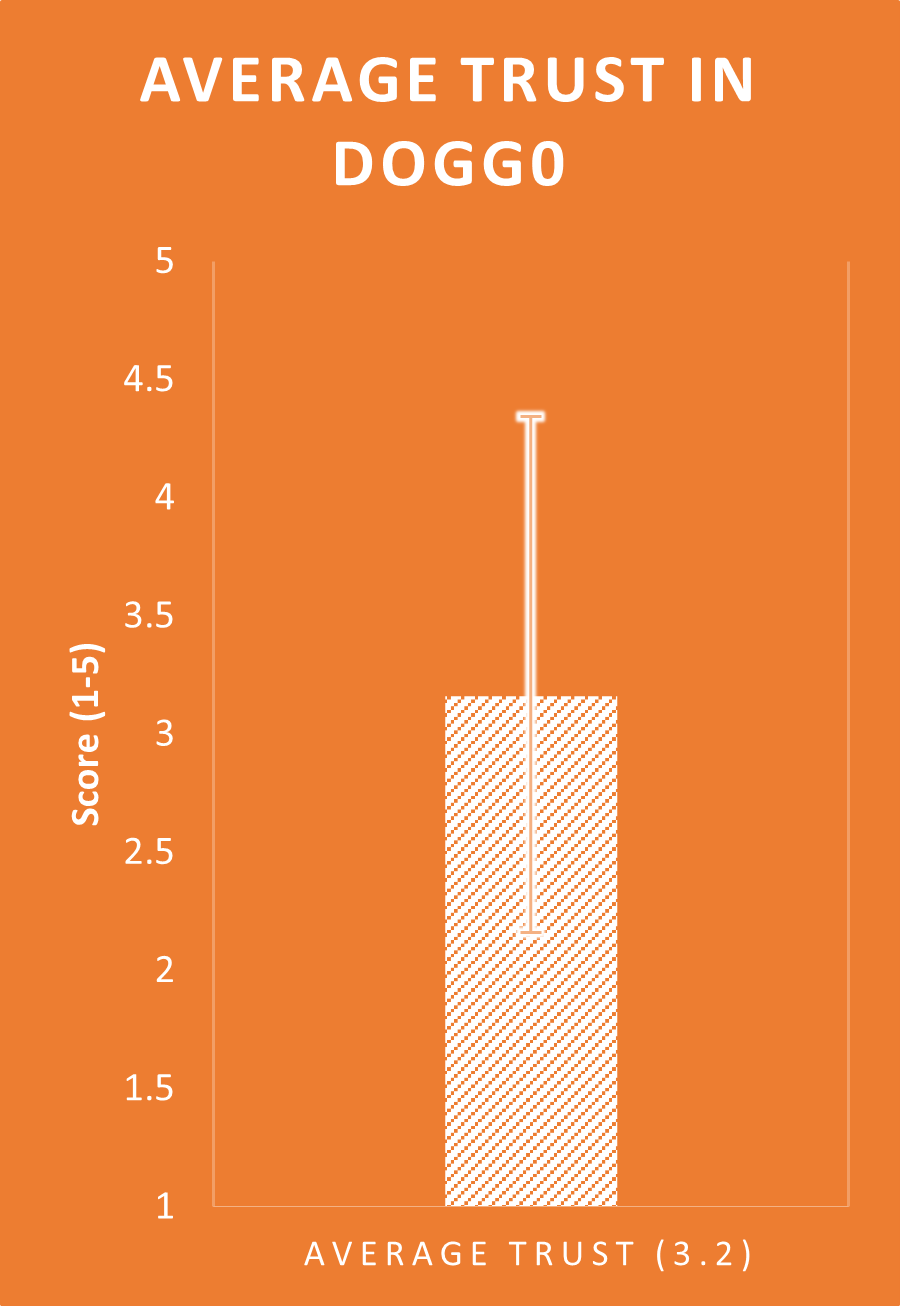 Figure 3: Average Trust in Dogg0 Figure 3: Average Trust in Dogg0 |
Figure 2 shows the trust participants had in Dogg0. The height of the bar denotes the mean Likert score for the experiment. The error bars show the standard deviation of the score. Participants view Dogg0 as more than average competent (3.4) and percieved Dogg0 as not risky (3.6). Reciprocity and Benevolence both scored about a 3 on the Likert scale, which means that people did neither agree nor disagree that it was very Benevolent or Reciprocal. The final results show that on average (Figure 3) participants did trust Dogg0 a little bit (3.6).
The figures below show the individual responses per trust factor. Note that Risk Perception is not yet inverted here, to reflect the questionnaire better. Interesting was that for the competency assesment people overall did not think that the robot had all the functions they expected from a social companion robot. This might have to do with the limitations of programming in MiroCode, but could also point to a more structural problem with our design. On the other hand, participants were overall very positive that the robot could keep them good company as questions like "I think that the robot is effective in keeping me company" and "I can always rely on Dogg0 for keeping me company" were rated very high. Participants did feel like they had to be slightly cautious around Dogg0 (Figure 4), which again might have to do with the limitations of MiroCode.
 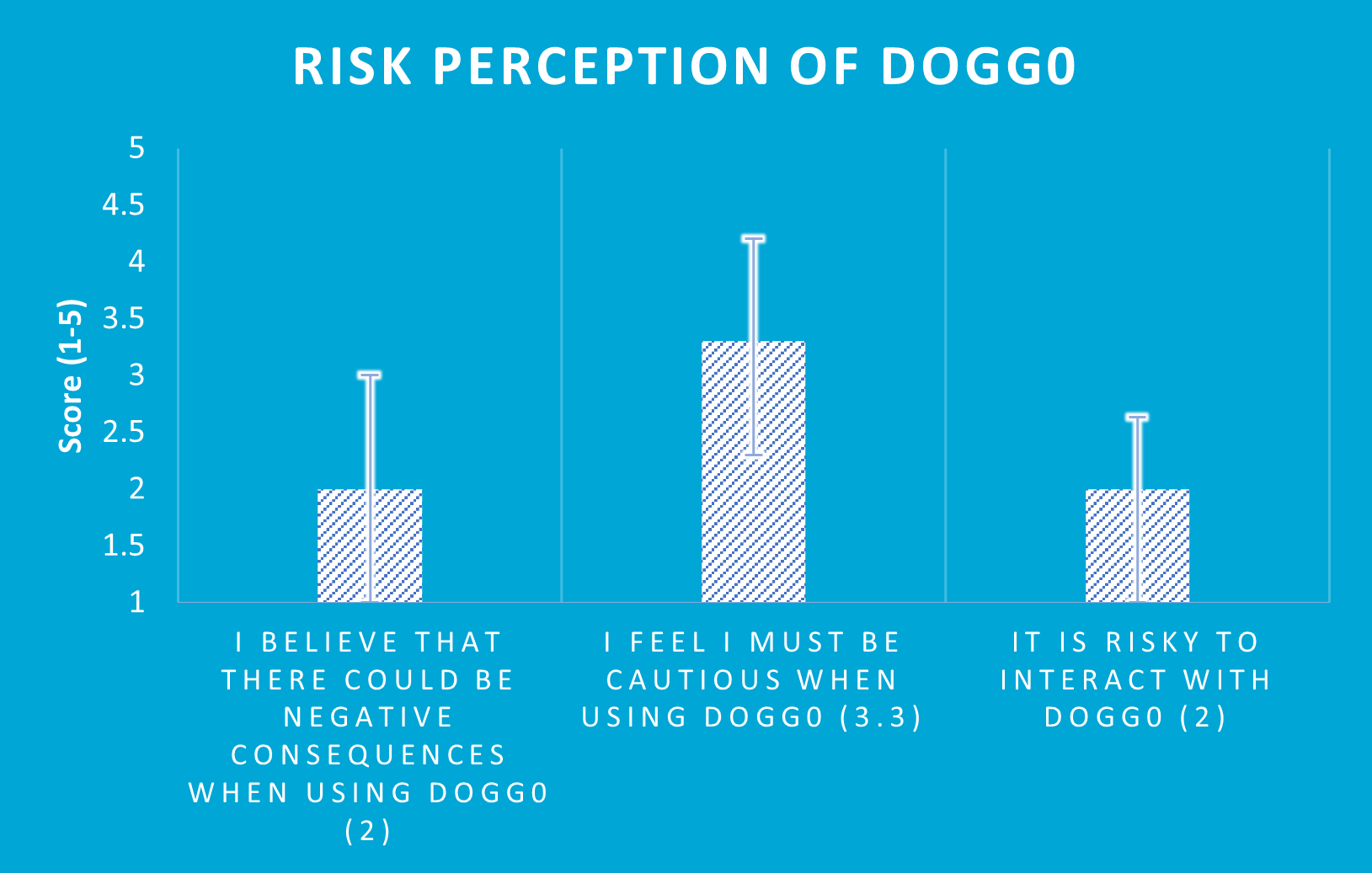 Figure 4: Risk Perception of Dogg0 Figure 4: Risk Perception of Dogg0 |   Figure 5: Benevolence assesment Figure 5: Benevolence assesment |
 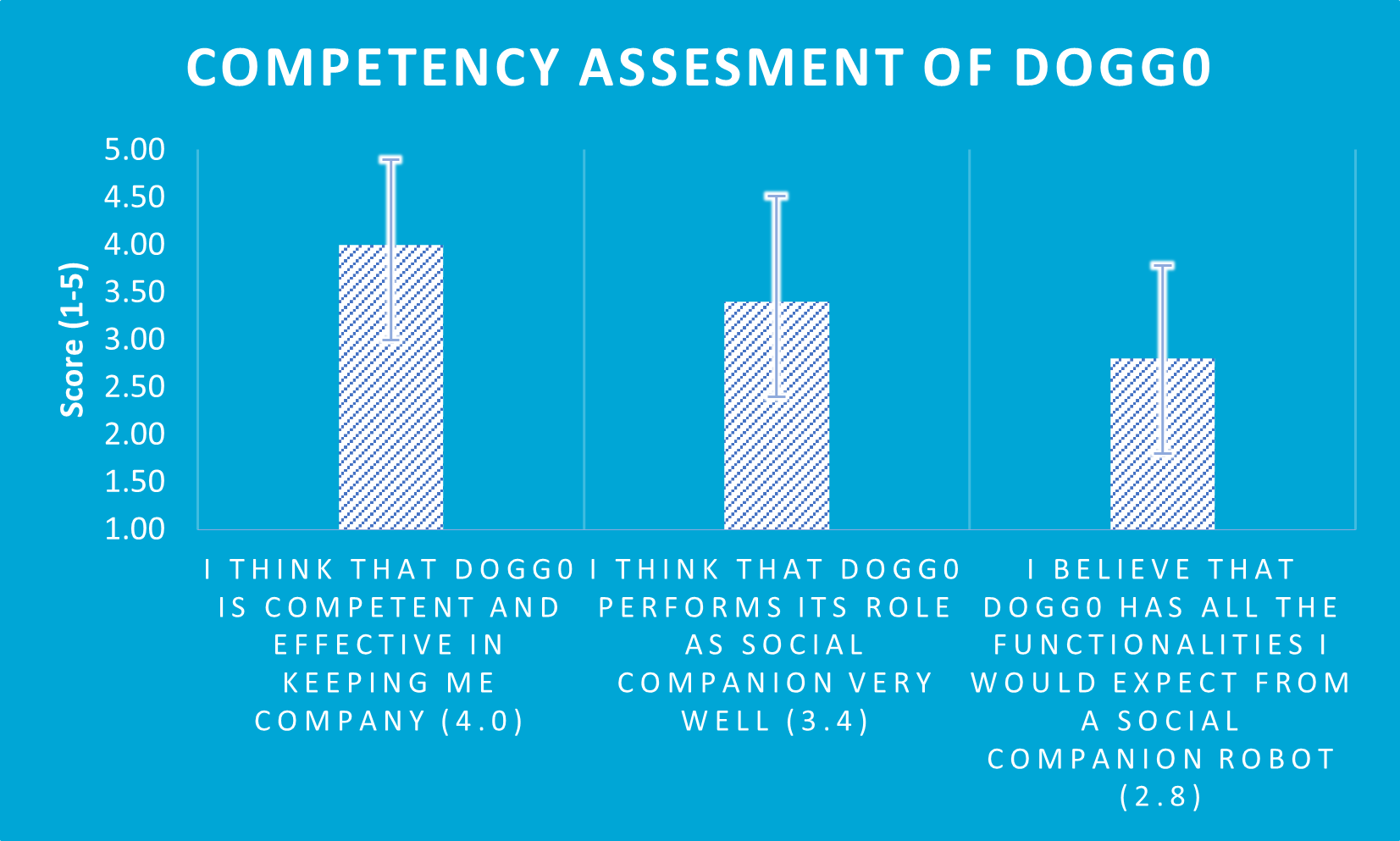 Figure 6: Competency assesment Figure 6: Competency assesment |  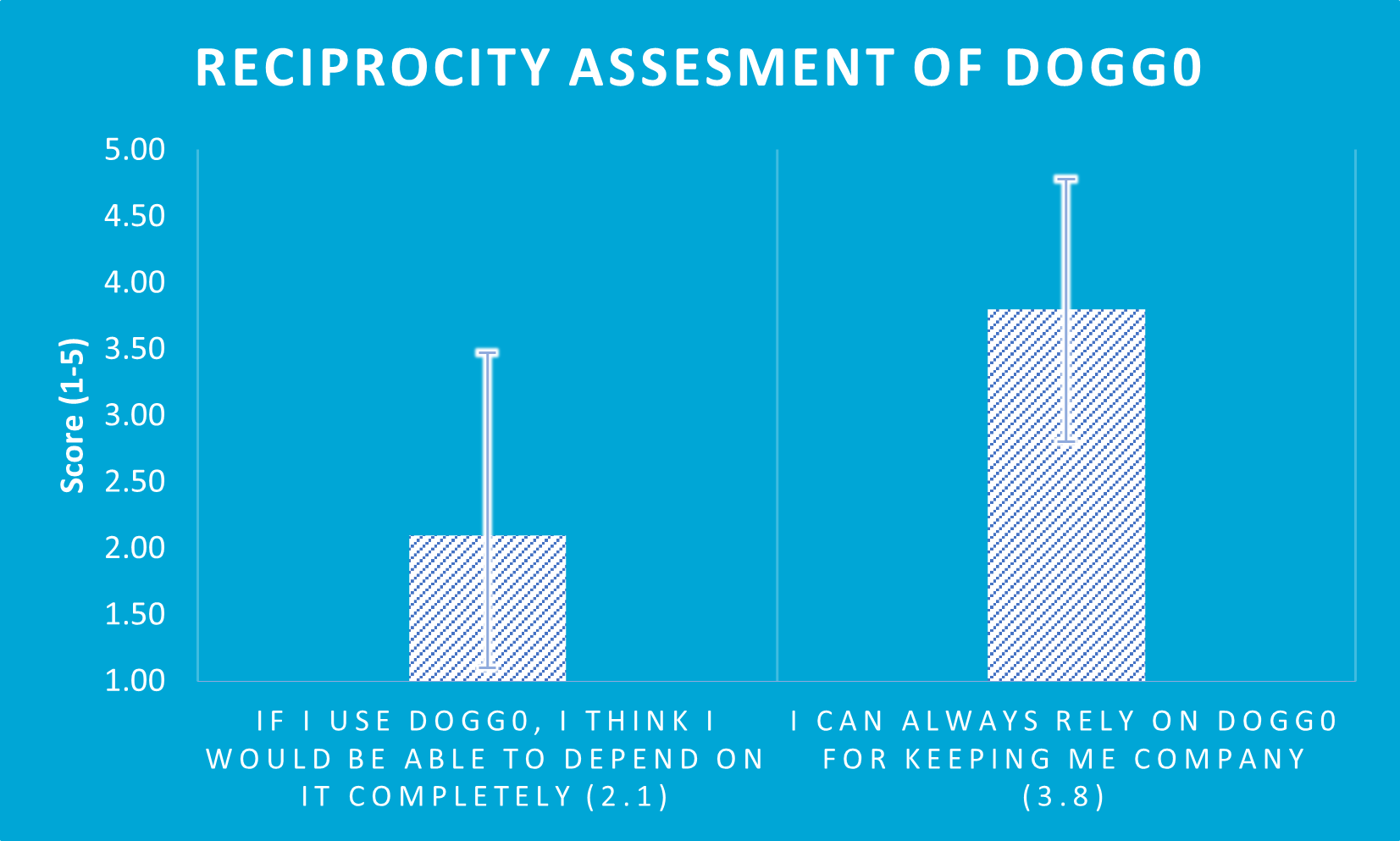 Figure 7: Reciprocity assesment Figure 7: Reciprocity assesment |
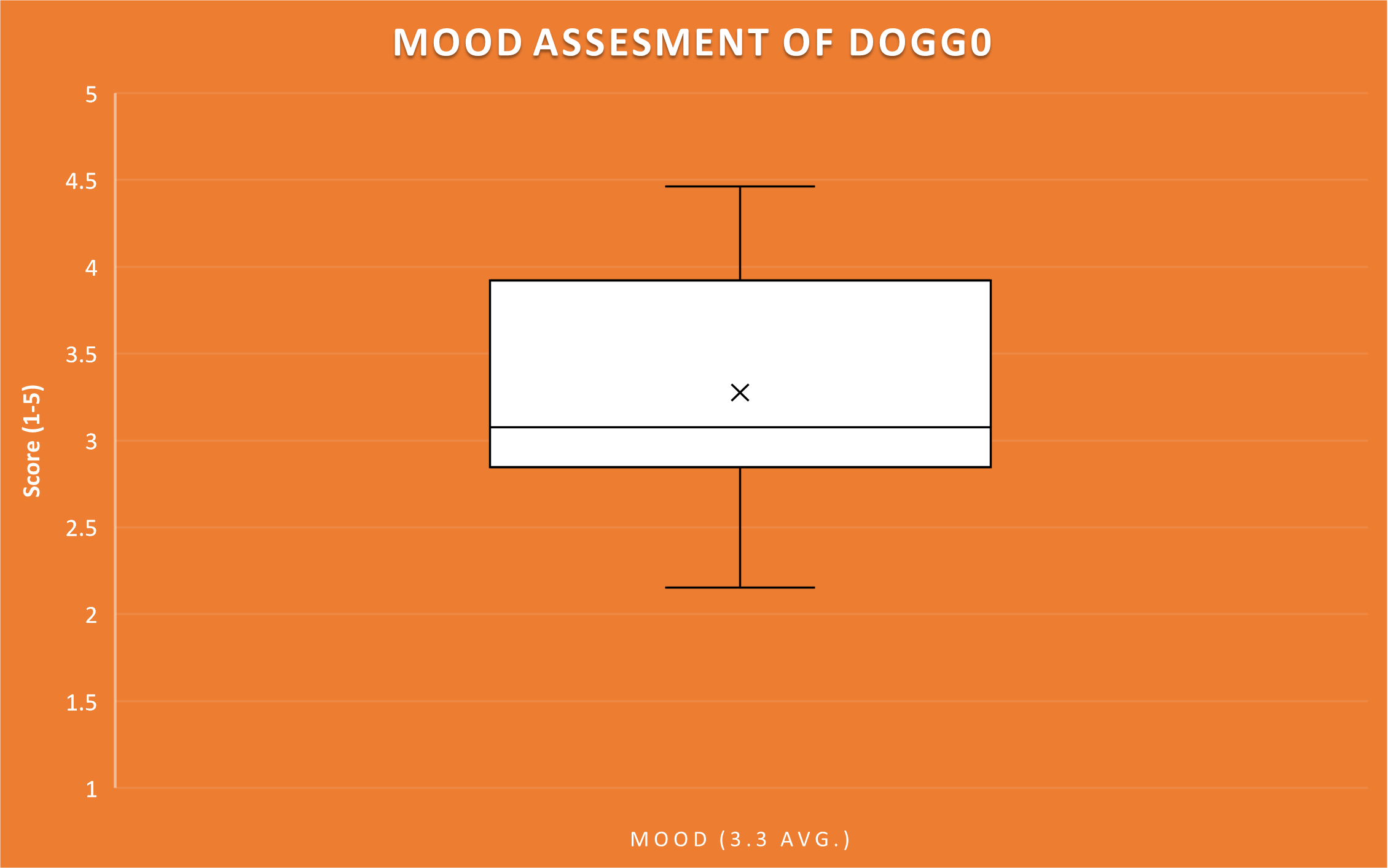 Figure 8: Mood assesment of Dogg0
Figure 8: Mood assesment of Dogg0
Above the results of the mood assesment after using Dogg0 are shown. On average participants report a slightly positive mood after their interaction with Dogg0. Some participants report a slightly negative mood after their interaction (2.4), and some participants really enjoyed their interaction (4.8)
